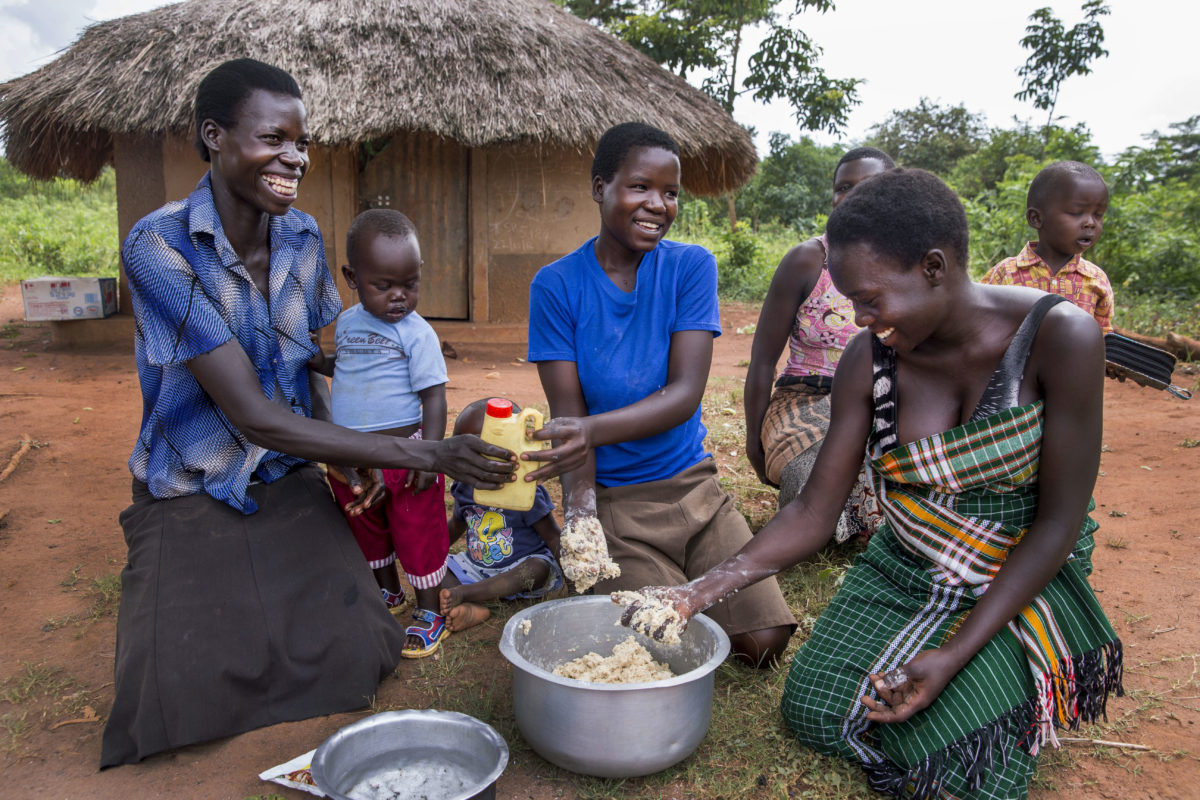New Research Highlights Critical Need for Strong Policies to Leverage the Value of Breastfeeding
February 9, 2023
Dear Members of the 118th Congress,
As leaders advocating for healthy families and children, 1,000 Days and the U.S. Breastfeeding Committee invite you to join us in creating a landscape of breastfeeding support across the United States.
Breast milk is recognized as the optimal food for babies and plays a critical role in their growth and development.[i] Numerous studies have shown that breastfeeding promotes healthy cognitive and social-emotional development.[ii] It also saves lives by helping to protect babies from infections and conditions such as sudden infant death syndrome (SIDS).[iii] Breastfeeding even lowers a child’s risk of obesity and type 2 diabetes later in life. In addition, women who breastfed reduce their risk of specific chronic diseases, including type 2 diabetes, cardiovascular disease, and breast and ovarian cancers.[iv]
Unfortunately, the U.S. has many barriers to establishing and maintaining breastfeeding. While four out of five babies born in the United States start out being breastfed, about half are still doing so at six months.[v] This is not due to capacity or wishes of the parent, but rather because environments in the U.S. do not support breastfeeding.
Our country’s policies, systems, and environments must be improved to make breastfeeding a realistic option for all families. New research released this week highlights the critical need for strong policies to fully leverage the value of breastfeeding.
- Breastfeeding rates can be rapidly improved by scaling up known interventions, policies, and programs in the workplace and health system.
- Infant formula companies utilize intrusive marketing strategies to families, health care providers, and policy makers to portray these products as solutions to common infant health issues in ways that systematically undermine breastfeeding and prey on parental concerns.
- Policy changes are needed to address the power imbalances and political and economic structures that influence feeding practices and health outcomes.
As we approach the one-year anniversary of the infant formula crisis, it is critical that you and your colleagues in the House and Senate take action to address infant nutrition security, including through support for breastfeeding.
As you know, changing environments and systems requires everyone do their part – parents, policymakers, health facilities, communities, and employers. As a Member of Congress, you have an incredible opportunity to create the policy changes families need. Together, we can build on the momentum from recent advancements like the Providing Urgent Maternal Protections (PUMP) for Nursing Mothers Act to build a robust infrastructure for infant nutrition security.
Breastfeeding has such a profound impact on population health outcomes that increasing breastfeeding rates and creating lactation-friendly environments have been identified as critical public health priorities in the U.S. as well as across the world. Breastfeeding is included in a variety of national initiatives, including the Dietary Guidelines for Americans, Healthy People 2030, The Surgeon General’s Call to Action to Support Breastfeeding, and more.
It is time to move from reports and vision statements, to taking action on the policy priorities that families deserve. We hope you will take the time to explore the new Lancet series on breastfeeding and join us as we work to build a country where infant nutrition security and breastfeeding is valued, protected, promoted, and supported.
Sincerely,
| Amelia Psmythe Seger, U.S. Breastfeeding Committee |
Blythe Thomas, 1,000 Days |
About 1,000 Days
An Initiative of FHI Solutions, 1,000 Days is the leading non-profit organization working in the U.S. and around the world to ensure women and children have the healthiest first 1,000 days. Our mission is to make the well-being of women and children in the first 1,000 days a policy and funding priority. We are passionate about turning evidence into action and use our deep understanding of the science and the issues to help shape policies that improve the lives of moms and babies in the U.S. and throughout the world.
About the U.S. Breastfeeding Committee
The mission of the U.S. Breastfeeding Committee (USBC) is to drive collaborative efforts for policy and practices that create a landscape of breastfeeding support across the United States. USBC functions as a national coalition of 100+ organizational members representing nonprofits, breastfeeding coalitions, federal agencies, and businesses working at national, state/territorial, tribal, local, and community levels to protect, promote, and support human milk feeding. The USBC uses an equity-centered collective impact approach to facilitate multisectoral collaborations.
[i] Breastfeeding. World Health Organization. https://apps.who.int/nutrition/topics/exclusive_breastfeeding/en/index.html. Published Aug. 2018. Accessed February 6, 2023.
[ii] Nutrition in the First 1,000 Days: A Foundation for Brain Development and Learning, 1,000 Days and Think Babies. https://thousanddays.org/wp-content/uploads/1000Days-Nutrition_Brief_Brain-Think_Babies_FINAL.pdf. Accessed February 4, 2023.
[iii] Breastfeeding Benefits Both Baby and Mom. Centers for Disease Control and Prevention, https://www.cdc.gov/nccdphp/dnpao/features/breastfeeding-benefits/index.html. Published July 27, 2021. Accessed February 6, 2023.
[iv] Making the decision to breastfeed | womenshealth.gov. womenshealth.gov. https://www.womenshealth.gov/breastfeeding/making-decision-breastfeed/#1. Published 2020. Accessed December 20, 2022.
[v] Breastfeeding Report Card, United States 2022. Centers for Disease Control and Prevention. https://www.cdc.gov/breastfeeding/data/reportcard.htm. Published August 31, 2022. Accessed February 8, 2023.



